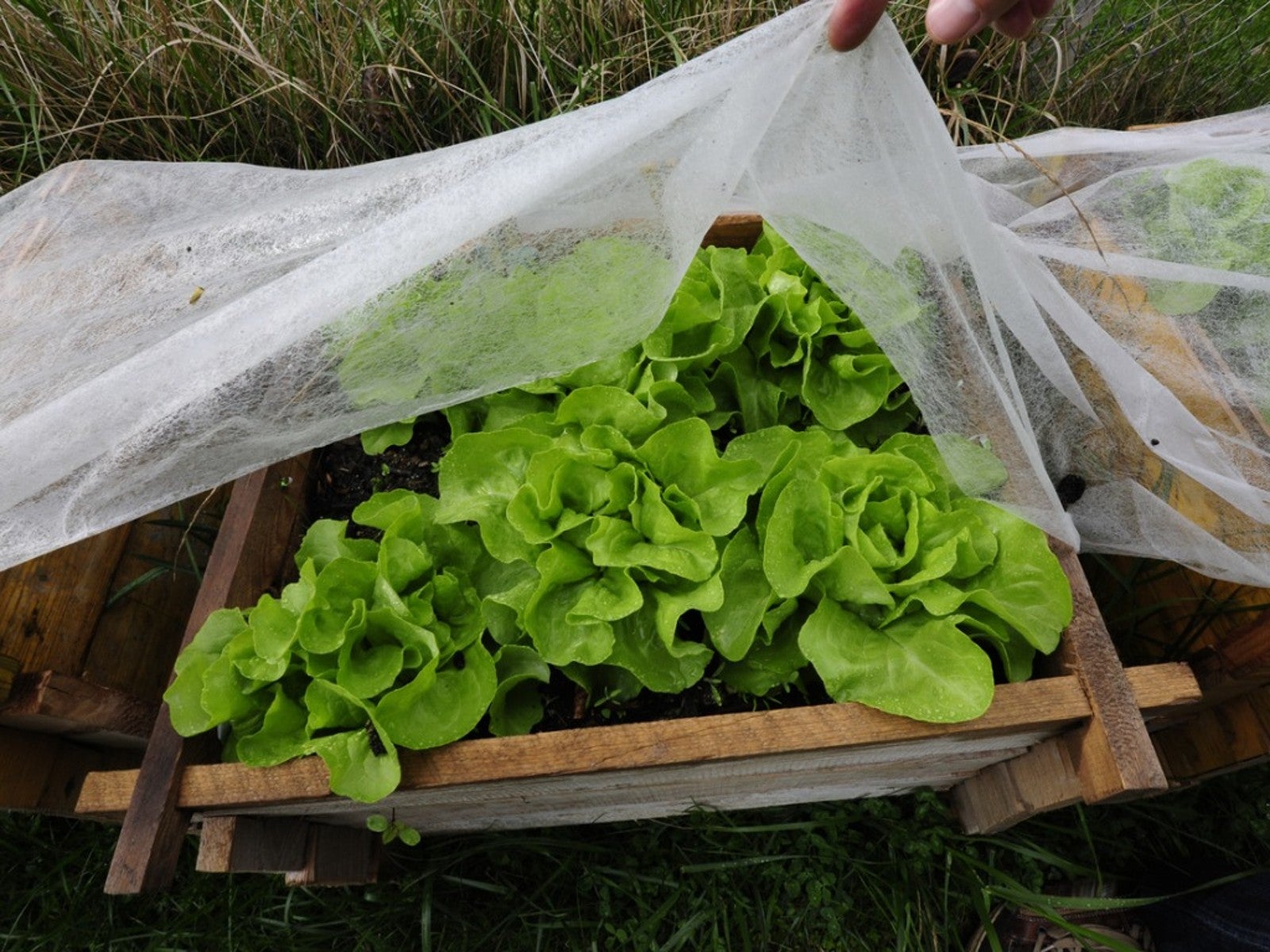How To Make A Cheap Cold Frame To Extend The Season


As autumn begins to advance its chilly arms, devoted gardeners are trying to extend the growing season. A cheap cold frame is an excellent way to keep plants warm and protect them from sudden frost. Making an inexpensive cold frame may be done with a variety of materials. It doesn't have to be fancy provided it has a frame and some sort of cover to keep solar heat inside. With a little know how, you can even make a free cold frame from found or repurposed items.
Cold frames are simple structures that will keep semi-hardy plants safe in cool weather. There are kits available for purchase, but it is fairly easy to knock together a cheap DIY cold frame. A wood frame is the most common and may be constructed out of a free pallet or scrap wood. The unit may also be positioned over a raised bed created out of landscape pavers, brick, or other handy material. The keys to success with a cold frame are positioning with some protection, soil condition, and light exposure.
The Easiest Cold Frame
The easiest cold frame would be made using a clear plastic tote. While not glamorous, nor large, this simple solution requires little assembly. The only thing necessary might be to drill holes in the bottom of the tote for drainage. Nestle containers of seedlings in the bottom and cover with the lid during the day. Situate the container where it will receive plenty of light during the day. Remove the lid when temperatures allow so the plants can transpire and excess moisture does not collect inside, which could lead to damping off and mold. Alternately, you can use that tote to cover a raised bed or in-ground bed. Invert the base over tender plants. Just don't forget to remove it during the day so plants can breathe.
Basic DIY Cold Frame Bases
A simple box of about 6x3 feet (.91x1.83 m.) is sufficient to house many plants, but the size is an individual decision. The depth also depends upon the height of plants and how long they will need to be in the box. Simple bases are constructed with old wood, pallet wood, or purchased lumber, provided the builder has some construction expertise. Another way to make a base is by using existing raised beds or building one. The bases might be hay bales, cinder blocks, bricks, or even large rocks. The whole idea is to contain amended soil and build up a barrier around the plants, providing something to rest the top upon. PVC pipe may also be used to build a frame that will be covered by lightweight material. Make any construction slightly sloped on the southern side to take advantage of sun exposure.
Examples of Covers
The most important part of a cheap cold frame is the cover. It must contain reflected heat, be transparent, and be easy to move. Many gardeners construct their cold frames using old windows supported on a wooden base. There should be a way to easily raise the window, either with a support arm or by mounting the window with hinges. Make sure any old windows do not contain lead for safe growing. If unleaded glass is not available, consider using Plexiglas, which is much lighter.
Clear plastic sheeting with UV coating, at least 6 mm thick, may be draped over the base. This allows for quick removal during the day, but will keep solar heat in the box at night. Milk jugs or clear soda bottles can be suspended in a wooden frame to make a cover. They are lightweight, readily available, and recyclable.
Sign up for the Gardening Know How newsletter today and receive a free copy of our e-book "How to Grow Delicious Tomatoes".

Bonnie Grant is a professional landscaper with a Certification in Urban Gardening. She has been gardening and writing for 15 years. A former professional chef, she has a passion for edible landscaping.